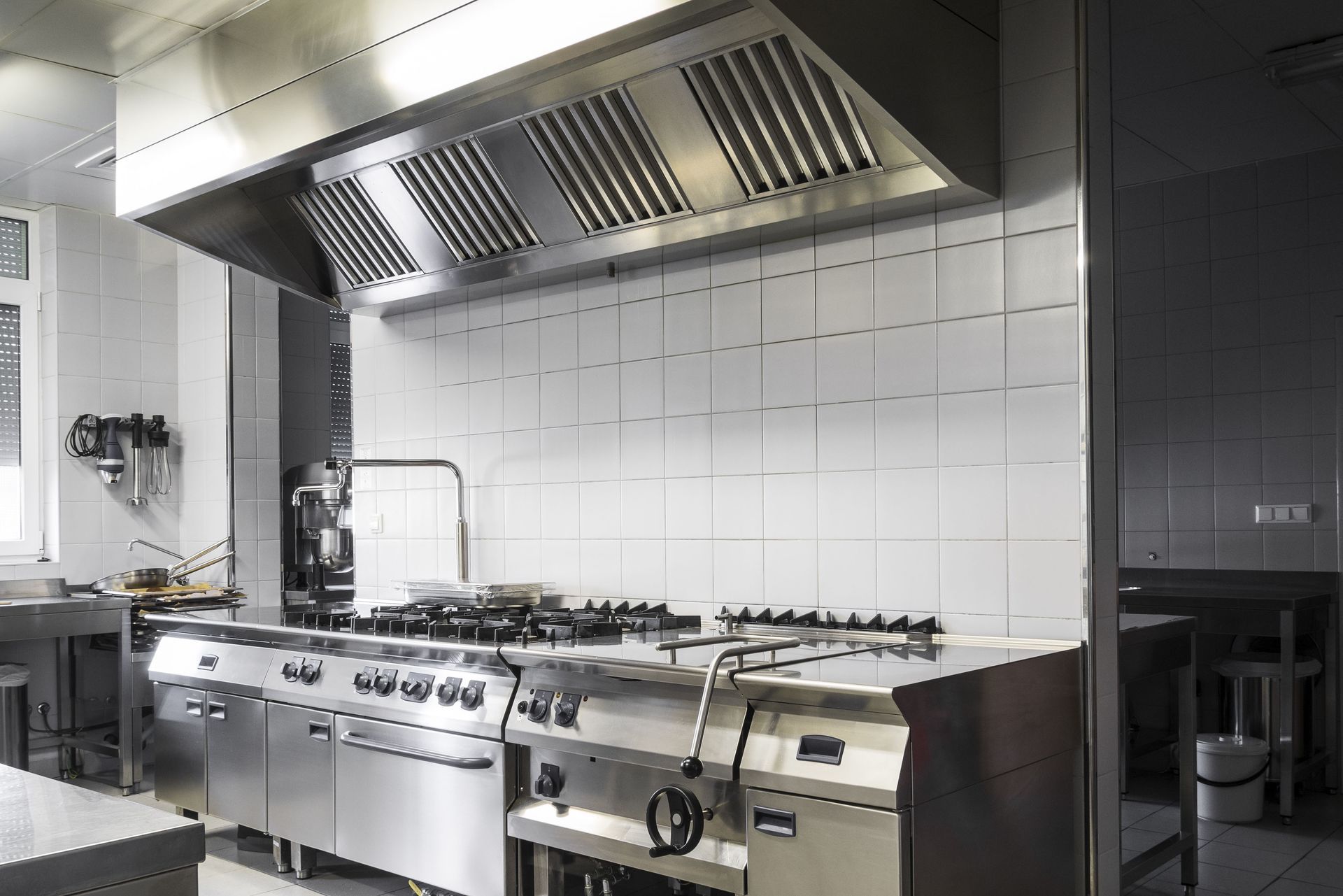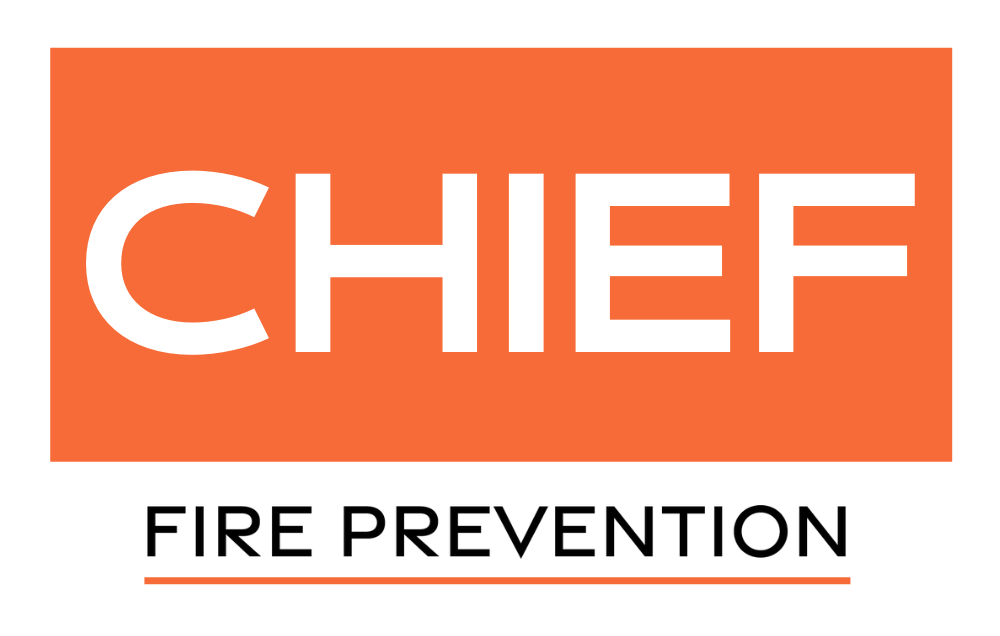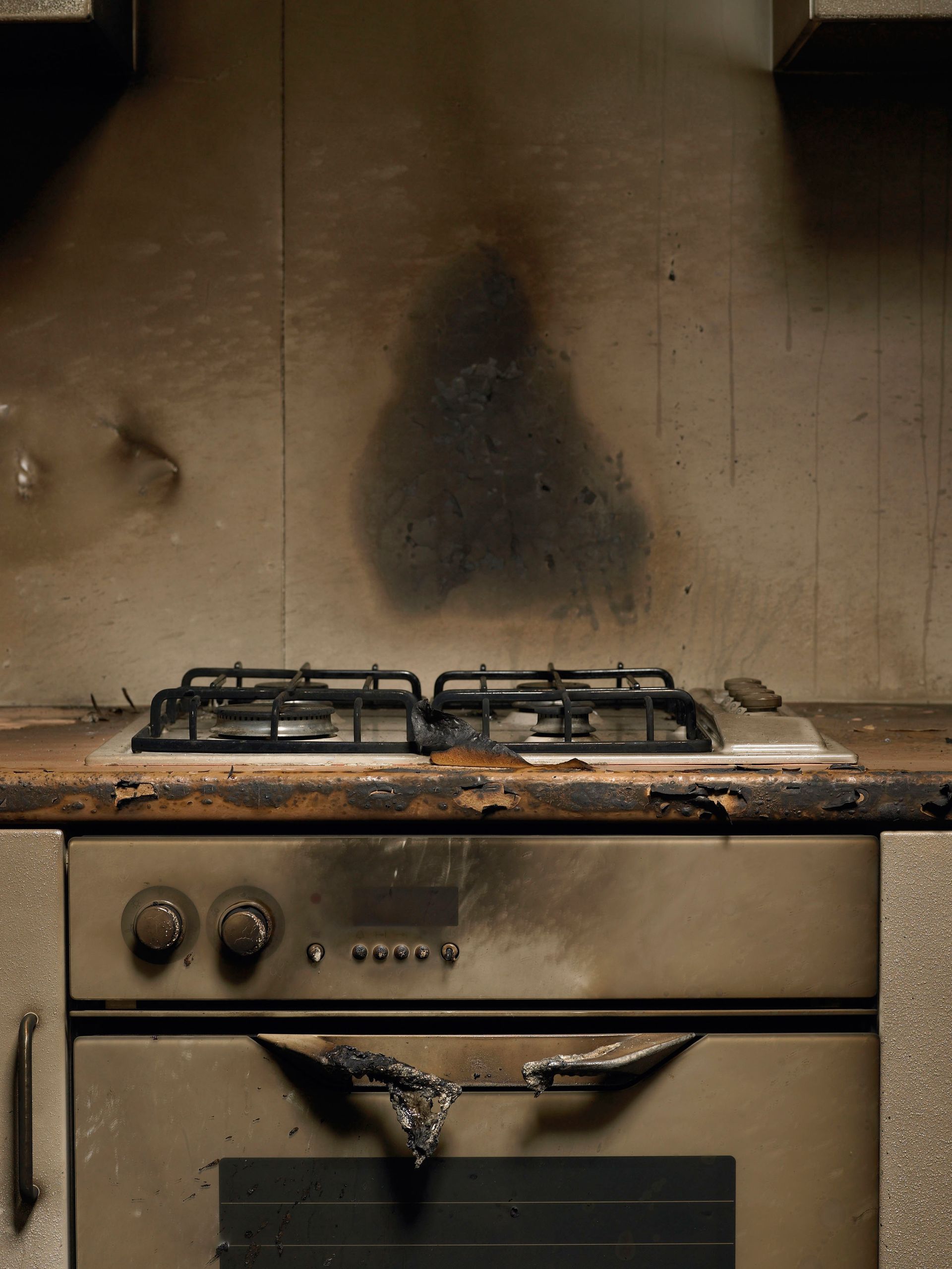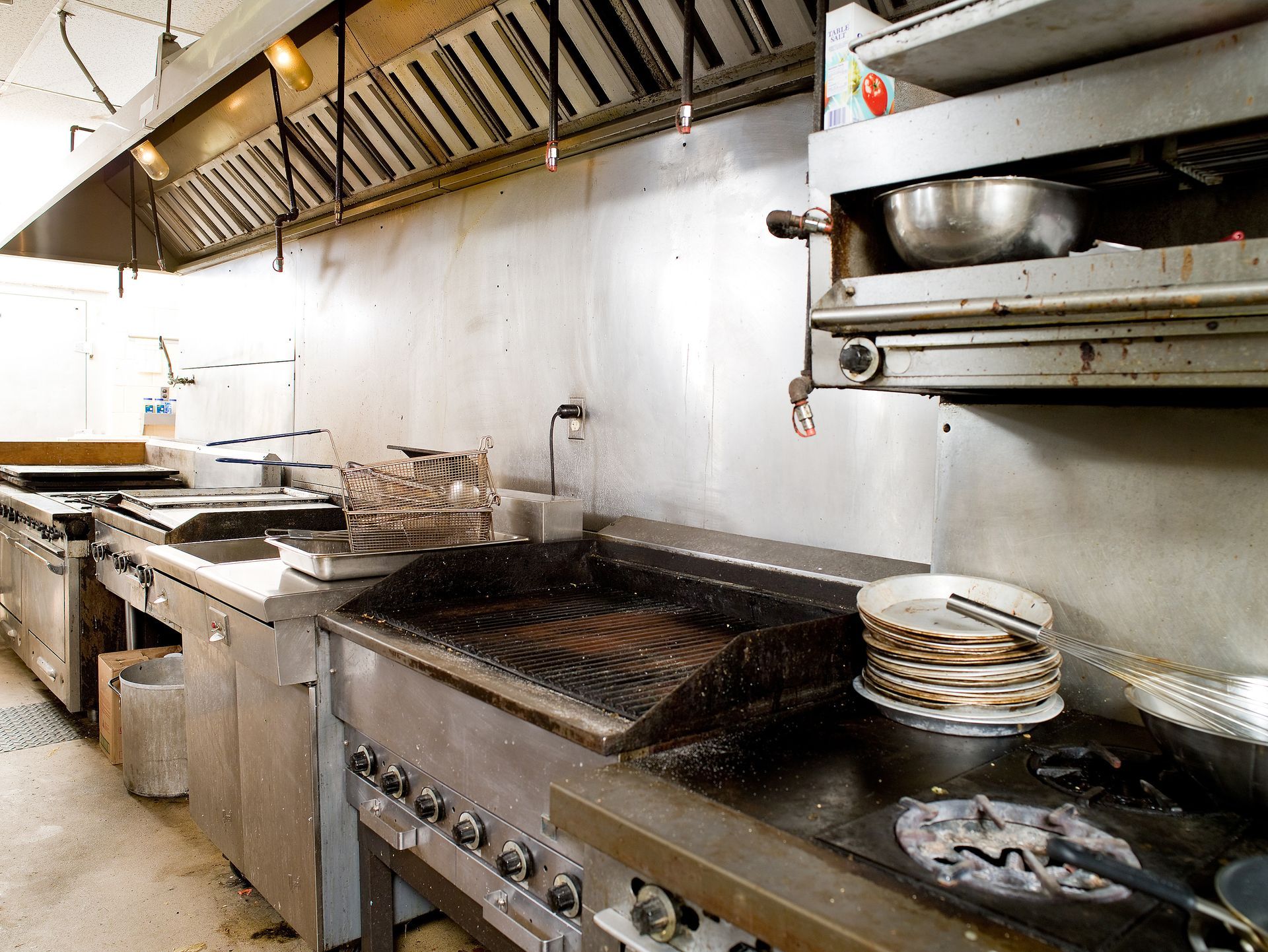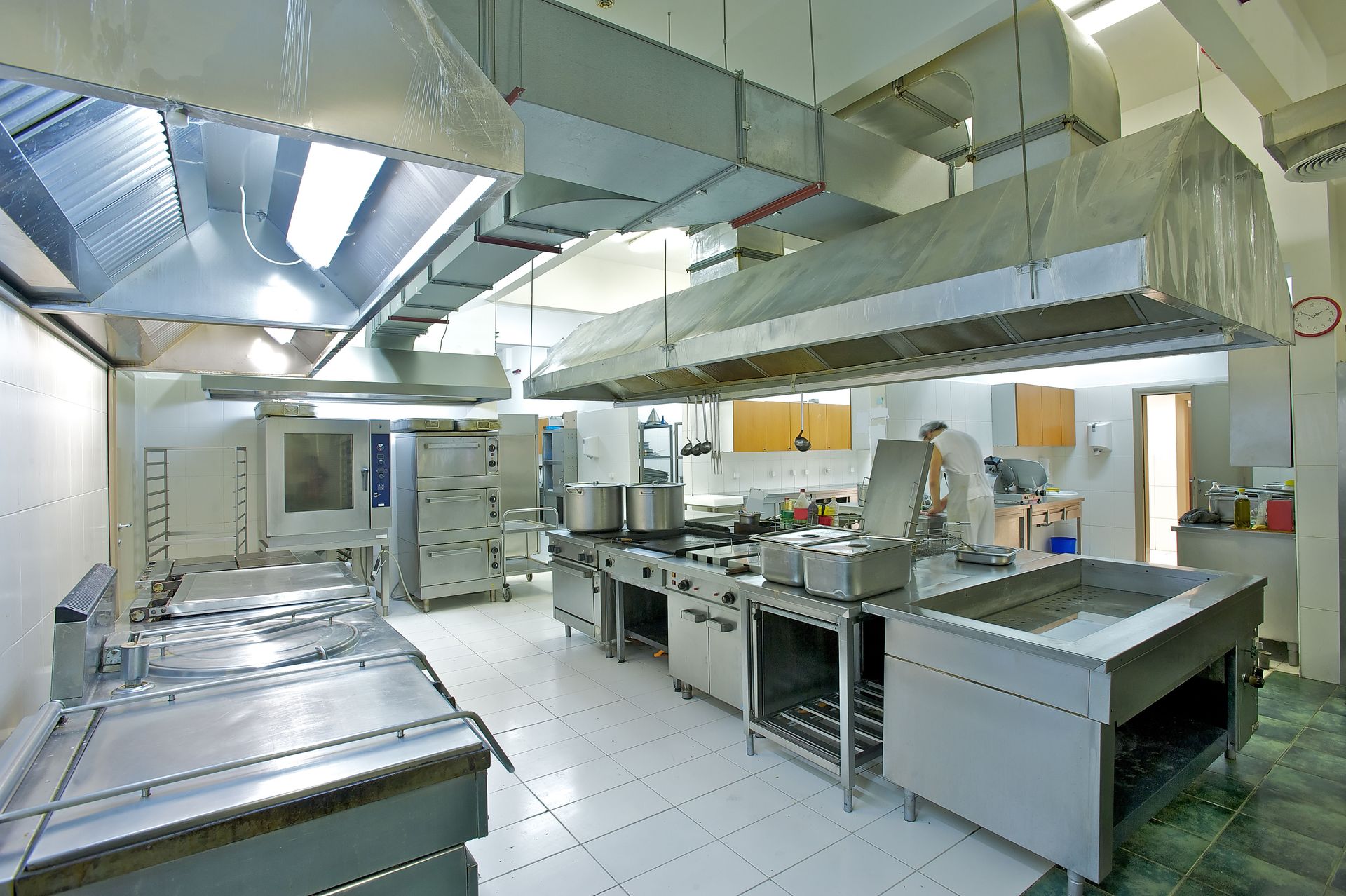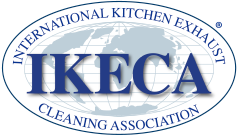November 5, 2025
Safety must extend far beyond the cooking line. Every system that handles heat, grease, and waste has the potential to create hazards if not properly maintained. One of the most overlooked yet critical connections lies between fire suppression systems and grease traps.
At Chief Fire Prevention, we understand that a thorough fire suppression inspection isn't only about ensuring a working system. It's about safeguarding your kitchen against the hidden dangers of grease accumulation. When grease builds up in traps and ventilation systems, it becomes a potent fuel source. Combined with the high heat of commercial cooking, this creates a perfect environment for fires to ignite and spread. A properly performed fire suppression inspection helps identify vulnerabilities before they escalate into emergencies.
It ensures that nozzles, piping, and detection components are functioning correctly and that your suppression system is fully capable of responding to a fire event linked to grease vapors or deposits. Even OSHA recognizes how dangerous grease traps can be. According to OSHA, before entering a grease trap, four critical factors must be tested: oxygen levels, flammability, toxicity, and potential explosive hazards.
Recognizing the Hidden Risks Beneath the Hood
Grease traps serve an important purpose by capturing fats, oils, and grease from wastewater before it enters the plumbing system. However, when those substances accumulate without proper cleaning and inspection, they produce vapors and residues that can ignite under the right conditions. These residues often spread beyond the trap itself, coating kitchen hoods, ducts, and exhaust systems with a flammable layer that significantly increases the chance of a flash fire, especially in busy commercial kitchens where heat and oil are constant factors.
A fire suppression inspection plays a crucial role here. It ensures that the suppression system nozzles are correctly positioned to target high-risk areas, that extinguishing agents are at proper pressure, and that detectors respond accurately to rising heat. During inspection, technicians can also identify grease buildup near hoods and ducts that may compromise the performance of the system.
When one component, like a grease trap, is neglected, the safety of the entire kitchen can be jeopardized. Regular fire suppression inspections provide an opportunity to catch these issues before they develop into dangerous situations, ensuring both compliance and long-term protection.
Connecting Maintenance Efforts for Complete Fire Protection
Many kitchen managers treat grease trap maintenance and fire system servicing as separate responsibilities, but in reality, they're closely linked. A dirty or poorly maintained grease trap can emit flammable vapors and increase the likelihood of fire incidents that test the limits of a suppression system. Similarly, a neglected suppression system can fail to contain a fire that originates near a grease trap or in grease-coated ductwork.
When both systems are maintained together, their benefits multiply. A clean grease trap reduces the amount of fuel available to a potential fire, while a well-tested suppression system ensures that if ignition occurs, it'll be swiftly controlled. Scheduling a fire suppression inspection at the same time as grease trap service helps establish a rhythm of consistent, comprehensive maintenance. This approach prevents hazards from building unnoticed and promotes full operational safety.
At Chief Fire Prevention, our technicians understand the relationship between these systems. When we perform a fire suppression inspection, we also assess whether excessive grease accumulation could interfere with fire detection or suppression performance. This integrated perspective gives business owners peace of mind knowing that every layer of their safety system is working as intended.
Meeting Regulatory Requirements for Safer Operations
Fire protection in commercial kitchens isn't just a best practice. It's a regulatory requirement. Codes like NFPA 96 and local fire regulations require routine testing and maintenance of suppression systems. A certified fire suppression inspection ensures that your kitchen remains in compliance and ready for any surprise inspection by fire marshals or insurance auditors.
Grease trap neglect can also lead to violations and shutdowns, especially when vapors or overflow cause unsafe working conditions. By coordinating your suppression system inspections with your grease trap maintenance, you can demonstrate compliance with multiple safety standards simultaneously.
Chief Fire Prevention's inspection services meet and often exceed these requirements. Our process includes visual checks, mechanical testing, and functional verification to ensure the suppression system operates within manufacturer and code specifications. This thoroughness not only protects your property and employees but also provides documented proof of compliance that can be invaluable for insurance and liability purposes.
Scheduling Regular Inspections for Lasting Protection
One of the most effective ways to strengthen your fire protection program is through consistent scheduling. A fire suppression inspection should typically occur semi-annually for most commercial kitchens, though facilities with heavy cooking loads or 24-hour operations may require quarterly checks. Aligning this inspection schedule with grease trap cleaning creates a smart, streamlined maintenance plan.
When these two services are performed together, technicians can easily identify cross-system issues. For instance, if grease is found coating nearby nozzles or detectors, it may signal that the trap is due for more frequent cleaning or that airflow within the exhaust system needs adjustment. Synchronizing inspections also minimizes downtime by allowing all necessary maintenance tasks to be completed in one coordinated visit rather than separate appointments.
A proactive approach prevents minor deficiencies from evolving into costly repairs or shutdowns. It also ensures that every part of your fire protection and waste management system functions as a single, cohesive safety network rather than a collection of disconnected parts.
Performing Comprehensive Evaluations for System Readiness
When Chief Fire Prevention performs a fire suppression inspection, every component of the system is tested and evaluated with precision. The inspection begins with a visual examination of tanks, gauges, and nozzles to verify that no obstructions or damage are present. Technicians then confirm proper nozzle alignment over appliances and assess whether grease accumulation has altered coverage areas.
Pressure levels and detection links are tested to ensure that the system will activate reliably in the event of a fire. Additionally, all control panels, release mechanisms, and alarm systems are thoroughly checked to guarantee complete operational readiness and overall system integrity. During this process, any evidence of grease buildup around ducts, hoods, or the suppression system itself becomes an important finding.
This residue is often a sign that the grease trap or exhaust system isn't functioning efficiently. Catching this early during inspection prevents conditions that could allow a small flare-up to become a major fire. By documenting these observations, Chief Fire Prevention gives restaurant owners actionable steps to maintain both cleanliness and compliance, helping prevent emergencies and ensuring long-term kitchen safety.
Grease trap safety and fire suppression performance are inseparable. A neglected grease trap can undo the effectiveness of even the best suppression system, while a missed inspection can leave your kitchen vulnerable to sudden disaster. By scheduling regular fire suppression inspection services with Chief Fire Prevention, you're taking a proactive step toward comprehensive safety, operational efficiency, and regulatory compliance that safeguards both staff and property.
Every inspection brings peace of mind, reduces risk, and strengthens the systems that protect your business. Don't wait for a warning sign or a close call to remind you of the importance of maintenance. Contact Chief Fire Prevention today to schedule your next fire suppression inspection and keep your kitchen fully protected from grease-related hazards and potential fire emergencies.
